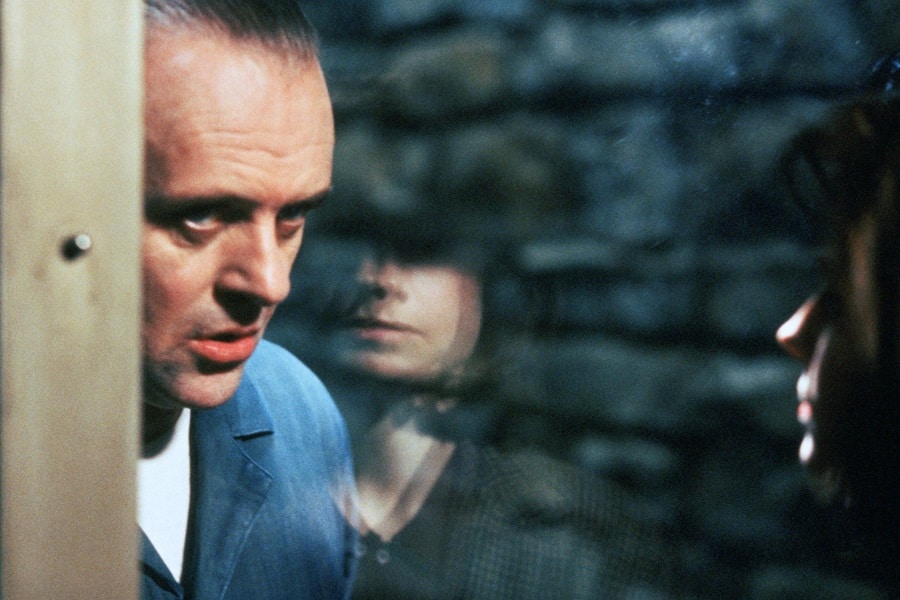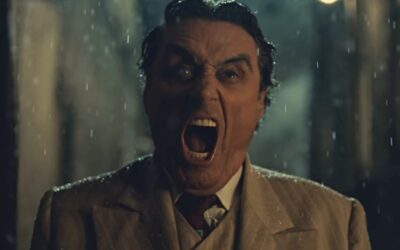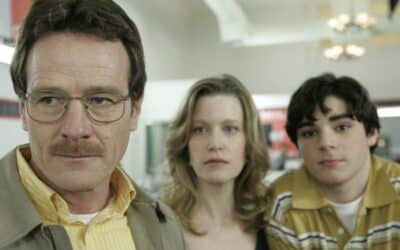
Hiding Bodies
In the murky realms of thriller novels and dark corners of gritty TV and film adaptations, the art of hiding bodies has transformed into an unspeakable craft, almost akin to a sinister dance between the audience and the story. The deceptive finesse and unsettling creativity displayed in these narratives not only appeal to the innate human curiosity surrounding death but also spawn an intriguing facet of the ever-twisted plot lines.
At its core, the act of hiding bodies in thriller narratives often serves as a moment of reckoning, a suspense-ridden heartbeat where secrets are concealed, truths are twisted, and a perilous journey of discovery is launched. It’s not just about the visceral reaction it elicits but also the psychological underpinning that draws people into its enigmatic fold. With each new revelation, readers and viewers are pulled deeper into a web of deceit, betrayal, and escalating tension, fueling an insatiable desire to unravel the mystery that lies beneath.
Take a stroll through the landscape of well-crafted thrillers and one might encounter a symphony of narratives echoing the grotesque, the ingenious, and at times, the downright bizarre methods of concealing bodies. Authors and screenwriters meticulously craft these scenarios, making them a vital cog in the complex machinery of suspense and intrigue that governs the genre. The act of hiding bodies almost becomes a character in itself, unfolding with a personality that blends grim fascination with morbid creativity.
Amid the dim alleys of crime fiction, bodies are often hidden in plain sight, veiled by the mundane and the ordinary. A well-trimmed garden might bear witness to secrets buried deep within its soil, as in the case of Alfred Hitchcock’s classic film “Rear Window”, where a suspected murder and the possible concealment of a body in a garden push the protagonist into a spine-chilling investigation. This method of concealment, juxtaposed against the everyday, lures the audience into a precarious dance with the familiar, thereby amplifying the thrill a tenfold.
In literature, the sinister act often takes on a more poetic nuance. Novels such as “The Girl with the Dragon Tattoo” by Stieg Larsson paint a chilling portrait of body concealment, as it unveils layers of complex narratives that revolve around dark secrets buried, sometimes quite literally, within the fringes of society. These methods are not just acts of hiding but are woven intricately into the fabric of the story, a testament to the mastery of the authors in bringing out the chilling reality that sometimes, things are not as they seem.
In the world of television, series like “Breaking Bad” raised the bar with disturbingly innovative methods of body disposal, leaving viewers on the edge of their seats, breath held in morbid anticipation. The series introduced audiences to a realm where chemistry meets crime, giving a whole new dimension to the art of hiding bodies. This blend of science with the macabre serves as a testament to the lengths to which narratives can stretch to carve out spaces that hold secrets darker than the deepest abyss.
But it isn’t just the method that forms the core of this dark art; it is also the landscapes and settings that embody characters of their own, sometimes holding the secrets close, sometimes revealing them in the most shocking manners. The vast expanse of the sea has often served as an unfathomable grave in thrillers, swallowing secrets in its depths, only to sometimes regurgitate them on lonely shores, adding layers of mystery and uncertainty to the narrative.
Now, drifting towards the landscapes etched in the pages of thrillers, there lies an array of hidden bodies concealed with an artistic touch that adds a ghastly allure to the narrative. Novels such as “The Silence of the Lambs” by Thomas Harris showcase a mind that crafts horrors with a surgeon’s precision, weaving a complex tapestry where the act of hiding bodies transforms into a grotesque masterpiece that leaves readers frozen in grim fascination.
As one ventures further into this shadowy territory, instances of bodies being concealed within structures become glaringly apparent. The chilling adaptation of Stephen King’s “The Shawshank Redemption” unveils a saga where the walls whisper tales of secrets hidden within its bowels, bearing witness to crimes that echo through time. Similarly, the literary world gifted readers with narratives where the very structures humans inhabit turn into silent keepers of dark secrets, waiting to unveil them at the most unexpected moments.
Peering deeper into the realm of thrillers, it’s evident that the art of hiding bodies goes beyond mere concealment. It morphs into an intricate dance with death, where the macabre waltzes with the cunning, painting portraits that embody the very essence of suspense and intrigue. As the lines between the grotesque and the ingenious blur, thrillers continue to serve as a playground where the dark art of hiding bodies takes center stage, captivating audiences with a grim ballet that spins tales of the forbidden, the hidden, and the unspeakably dark corners of human ingenuity.
Thus, in the labyrinthine world of thrillers, the act of hiding bodies transcends the grim reality, transforming into an art form that holds spectators in a macabre yet enthralling grip. It navigates through realms where the ordinary meets the extraordinary, crafting narratives that resonate with a chilling yet magnetic allure. As secrets continue to be buried and truths twisted, the enigmatic dance continues, weaving a complex tapestry that captivates, horrifies, and fascinates in equal measure, leaving audiences hungry for the next dark tale to unravel in the world where the hidden bodies lie.
More Thriller Features
Myth and Thrillers
Ancient Legends and Modern Plots
Morally Compromised Thrillers
Right, Wrong, and Everything in Between
Family Dynamics in Thrillers
The Most Unusual Family Dynamics in Thriller Fiction



